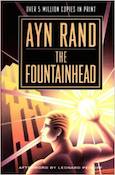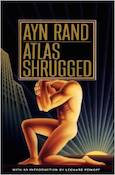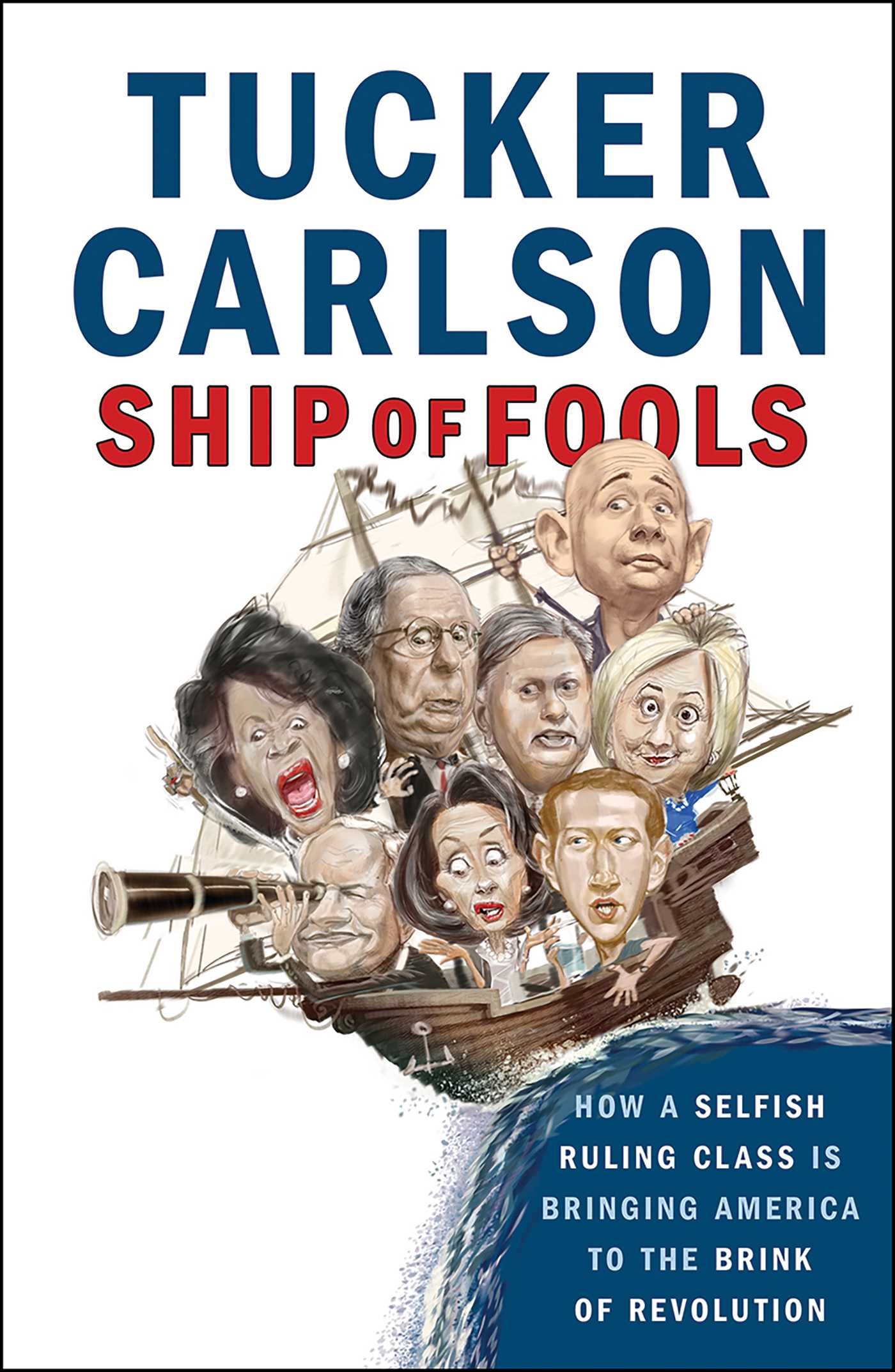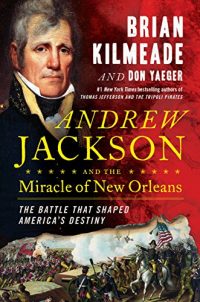The Fountainhead
Ayn Rand is a writer of great power. She has a subtle and ingenious mind and the capacity of writing brilliantly, beautifully, bitterly. “The Fountainhead,” her second novel, has been more than five years in preparation; it is a long but absorbing story of man’s enduring battle with evil. It has drama, as might be expected of the author of the play “The Night of January 16”; it has poetry, some-times a bit too lush; and it has a challenging conception. Good novels of ideas are rare at any time. This is the only novel of ideas written by an American woman that I can recall.
The background is architecture, a field relatively new to the fiction writer, and admirably adapted to the presentation of “the creator” and “the second-hander.” Howard Roark is the creator, a tough guy who works cheerfully in the quarries if he is not allowed to build in his own way. Against his vision all the successful architects are combined: the ones who prattle of beauty and the sacredness of tradition, the ones whose stock in trade is fulsome tribute to the Renaissance, the ones who believe in mixing the best of all past periods. Against him is the charming lad who went to school with him and won all the prizes. Peter Keating continues to win all the prizes, to use his good looks, his personality and his lack of morals to make a rapid and fraudulent success. Against him, too, is Dominque Francon, because she loves him and fears and hates the corrupting, engulfing world.
Above all, Mr. Ellsworth Too-hey, who writes a famous newspaper column, is Roark’s enemy. Ellsworth Toohey is a brilliant personification of a modern devil. Aiming at a society that shall be “an average drawn upon zeros,” he knows exactly why he corrupts Peter Keating and explains his methods to the ruined and desolate young man in a passage that is a pyrotechnical display of the fascist mind at its best and its worst: the use of the ideal of altruism to destroy personal integrity, the use of humor and tolerance to destroy all standards, the use of sacrifice to enslave.
Roark is a phrasemaker too. When he is on trial for dynamiting a public housing project he speaks for the creative efforts of human beings, for the integrity of the self and the corruption of collectivistic life. “Man cannot survive except through his mind. But the mind is an attribute of the individual. There is no such thing as a collective brain.”
You will not be able to read the masterful work without looking at buildings in a different fashion and, more important, without thinking through some of the basic concepts of our times. Miss Rand has taken her stand against collectivism, “the rule of the second-hander, the ancient monster” which has brought men “to a level of intellectual indecency never equaled on earth.” She has written a hymn in praise of the individual and has said things worth saying in these days. Whether her antithesis between altruism and selfishness is logically correct or not, she has written a powerful indictment.
All her characters are amazingly literate; they all speak with her voice, expressing in dynamic fashion the counterpoint of her argument She uses mockery, irony, savagery, to portray her second-raters. Her characters are romanticized, larger than life as representations of good and evil. But nothing she has to say is said in a second-rate fashion. You have to think of “The Magic Mountain,” you have to think of “The Master Builder,” when you think of “The Fountainhead.”
Book Review from The New York Times, by Lorine Pruette
Tags: Ayn Rand, The Fountainhead
- The Author
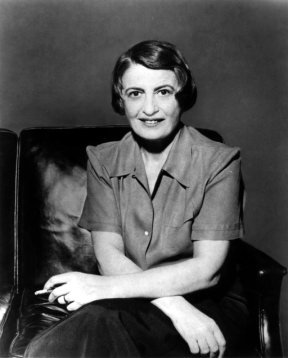
Ayn Rand
Ayn Rand was a Russian-American novelist, philosopher, playwright, and screenwriter. She is known as the creator of the philosophical school […] More about Ayn Rand.
- Books by the Author
Ratings Details




